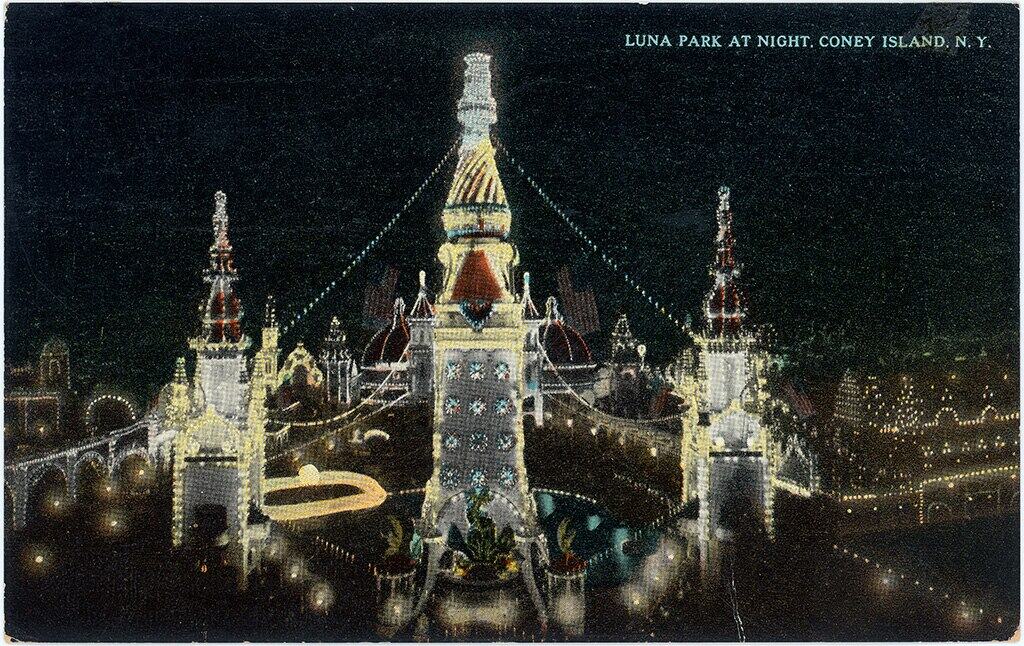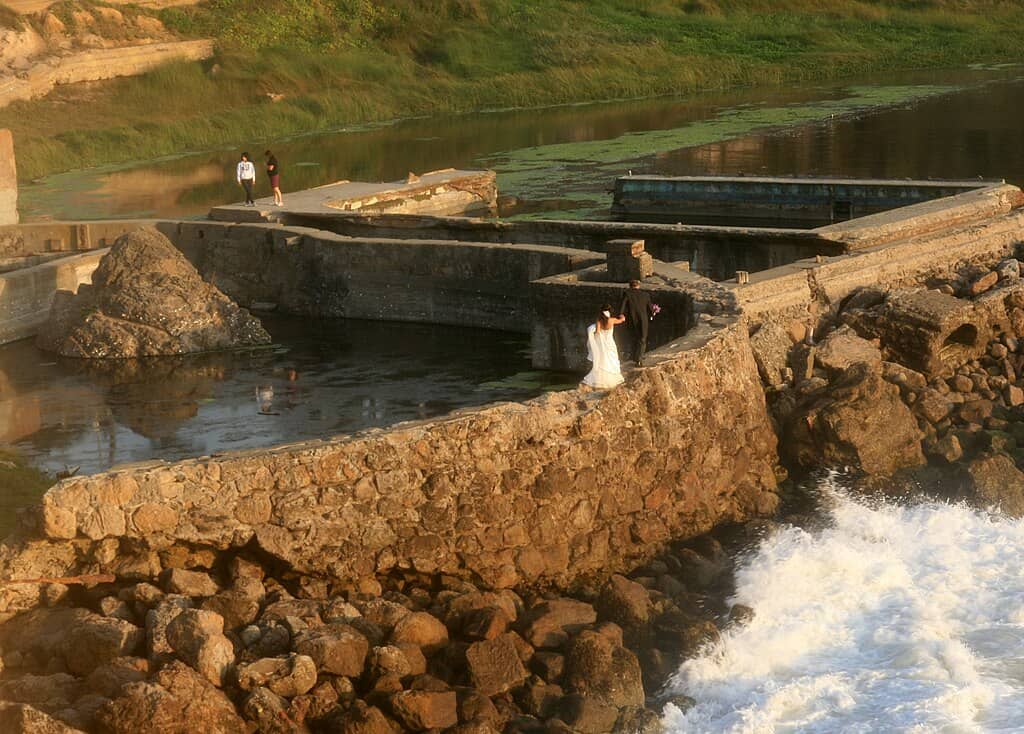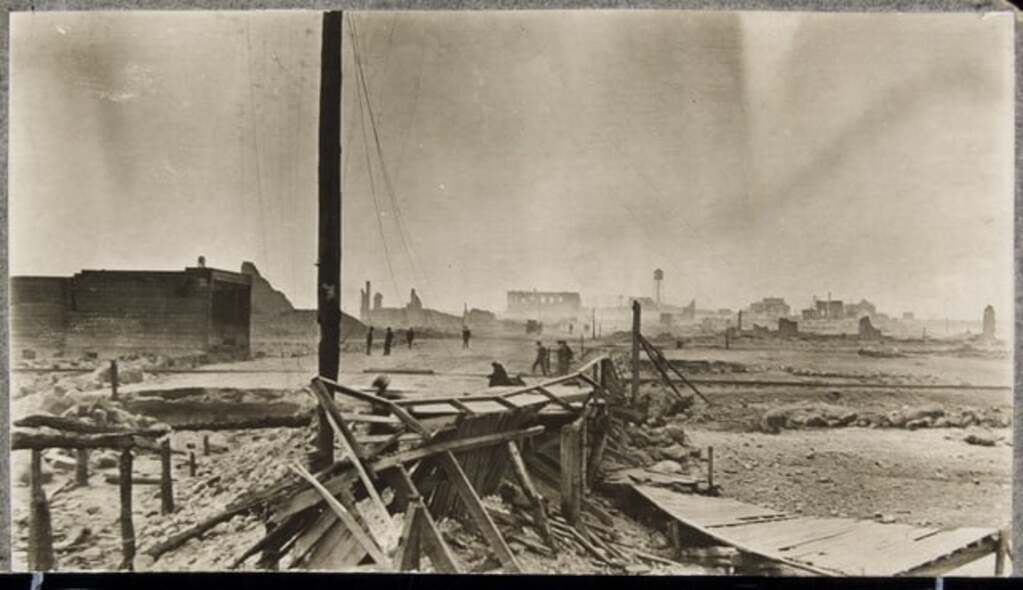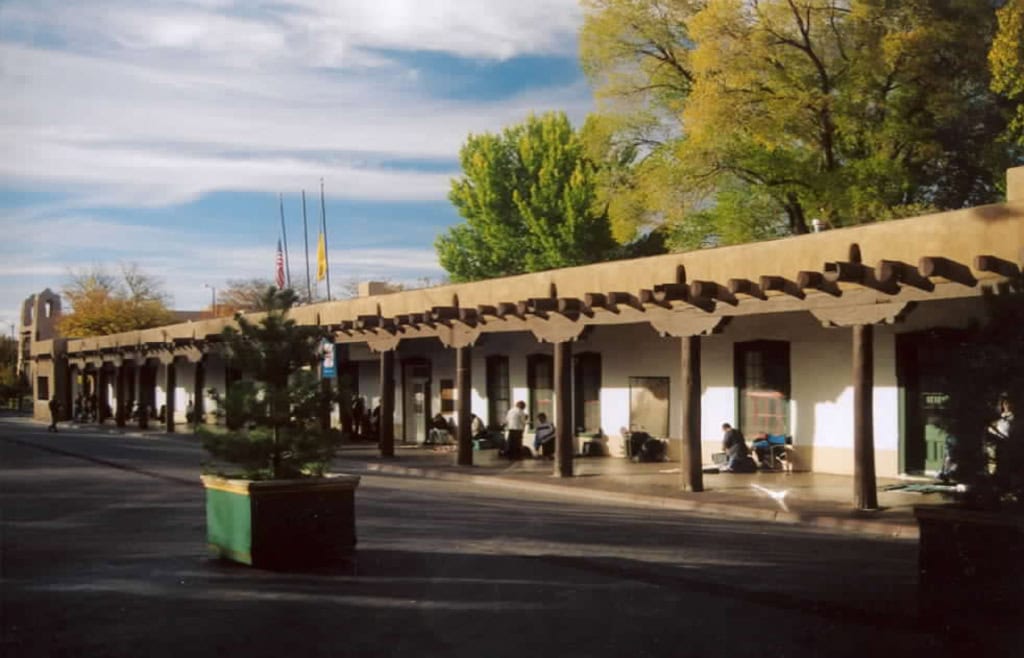We may earn money or products from the companies mentioned in this post. This means if you click on the link and purchase the item, I will receive a small commission at no extra cost to you ... you're just helping re-supply our family's travel fund.

Across the United States, countless landmarks have risen to symbolize innovation, cultural pride, and architectural beauty, only to be erased in moments of devastation. Whether by fire, hurricane, earthquake, or tornado, these structures remind us how swiftly history can be rewritten by nature or chance. Each of these ten once-beloved sites tells a story of grandeur and loss, reinforced by the sobering numbers that mark their destruction. Their ruins or memories continue to echo the fragility of human ambition against forces beyond control.
1. Luna Park, Coney Island (Brooklyn, New York)

Opened in 1903, Luna Park once stretched across 38 acres, dazzling crowds of up to 90,000 visitors daily with electric lights, towers, and rides. On August 12, 1944, a catastrophic blaze, sparked by faulty wiring, tore through the park. Firefighters battled for hours as wooden structures and the 125-foot Coca-Cola tower went up in flames. Losses topped $500,000, a fortune during wartime and rebuilding was impossible under material shortages. Though a few rides reopened briefly, Luna Park’s golden glow was extinguished, leaving only nostalgic photographs of its radiant past.
2. Kinzua Bridge (McKean County, Pennsylvania)

Once deemed the “Eighth Wonder of the World,” the Kinzua Bridge, built in 1882, spanned 2,052 feet and rose 301 feet above Kinzua Creek. For over a century, it stood as an engineering marvel until July 21, 2003, when an F1 tornado with winds nearing 94 mph struck the valley. The storm ripped through the aging iron towers, toppling 11 of 20 support columns in mere seconds. No lives were lost, but the devastation was complete. The remains were later transformed into the Kinzua Sky Walk—a haunting tribute to both human brilliance and nature’s unstoppable power.
3. The Sutro Baths (San Francisco, California)

Completed in 1896 by entrepreneur Adolph Sutro, this immense glass-roofed bathhouse featured seven swimming pools, a museum, and seating for 10,000 visitors. Situated on the Pacific cliffs, it covered nearly 3 acres of prime coastal land. Decline began during the Depression, and on June 26, 1966, a fire consumed the entire structure during demolition efforts. The blaze burned for hours, destroying its steel frame and ornate woodwork. Estimated damages exceeded $1 million. Today, moss-covered ruins overlook the ocean, melancholic reminders of an age when San Francisco sought to merge luxury, leisure, and the sea.
4. Galveston’s Electric Pavilion (Galveston, Texas)

Unveiled in 1900, Galveston’s Electric Pavilion embodied the city’s opulent spirit, boasting over 50,000 electric bulbs and nightly light shows visible miles offshore. Just months later, on September 8, 1900, the deadliest hurricane in U.S. history struck. Winds exceeding 135 mph and a 15-foot storm surge obliterated the pavilion and much of the city, killing over 6,000 residents. The Pavilion’s collapse became a symbol of Galveston’s shattered prosperity. Though the island eventually rebuilt, the dazzling lights of its electric age were extinguished forever, buried beneath debris and salt-laden memories.
5. The Brown Derby Restaurant (Los Angeles, California)

Opened in 1926, the Brown Derby was instantly recognizable by its hat-shaped design and became a Hollywood icon. It seated about 300 guests nightly, hosting stars like Clark Gable and Lucille Ball. On September 3, 1987, a fire engulfed the restaurant, spreading from an electrical fault in the kitchen. Fire crews took nearly 4 hours to contain it, but the building was beyond saving. Losses exceeded $2 million, including countless celebrity mementos. Though replicas later appeared elsewhere, the original Derby’s whimsical architecture and glamour burned away, closing a luminous chapter of old Hollywood.
6. The Enchanted Forest Theme Park (Ellicott City, Maryland)

Opened in 1955, the Enchanted Forest spanned 20 acres, featuring over 100 fairy-tale displays and rides inspired by nursery rhymes. Over time, severe flooding from the nearby Patapsco River repeatedly damaged its foundations. After the devastating flood of 1972, which submerged much of the park under 6 feet of water, restoration costs ballooned. The site suffered additional flooding in 2016 and 2018, sealing its fate. By the early 2000s, nature reclaimed the grounds, and most structures were removed. A handful of statues and attractions survive today, relocated to nearby Clark’s Elioak Farm.
7. The Great Hinckley Opera House (Hinckley, Minnesota)

Built in 1893, the Hinckley Opera House could seat 400 patrons and represented cultural pride for the small lumber town. Just a year later, on September 1, 1894, a ferocious firestorm swept through the region, reaching temperatures near 1,600°F and winds of 80 mph. Within minutes, the entire downtown including the opera house, was incinerated. Over 400 lives were lost across the town. The destruction was so total that nothing but charred bricks remained. Today, a museum commemorates the tragedy, and the opera house lives on only through historical sketches and survivor accounts.
8. The Riverfront French Market (New Orleans, Louisiana)

Tracing its roots back to 1791, the French Market evolved into a sprawling 6-block marketplace, serving thousands daily. In August 2005, Hurricane Katrina struck with winds over 125 mph and storm surges exceeding 20 feet, submerging most of the district. Flooding destroyed countless original wooden stalls, 19th-century masonry, and historic vendor spaces. Damage estimates surpassed $4 million, and many vendors never returned. Though the area has since been rebuilt, the new market lacks the historic patina and authenticity of the centuries-old hub that once defined Creole commerce.
9. The Old St. Louis Courthouse Dome (St. Louis, Missouri)

Constructed in 1828, the Old Courthouse was capped by a magnificent wooden dome measuring 135 feet high. It stood as a civic symbol and witnessed key trials, including Dred Scott’s in 1846. However, in 1870, a devastating fire tore through the structure, collapsing the dome and gutting much of the interior. Restoration efforts cost nearly $200,000, but the original 19th-century craftsmanship was lost forever. A new cast-iron dome replaced it, yet historians still mourn the disappearance of one of America’s finest examples of neoclassical woodworking.
10. The Palace of the Governors Annex (Santa Fe, New Mexico)

Built in the 1880s as an extension of the original 17th-century Palace, the annex stored priceless archives and artifacts chronicling New Mexico’s colonial past. On November 17, 1909, a furnace malfunction triggered a fire that raged for five hours, consuming the building and over 20,000 historic documents. Estimated losses exceeded $250,000, an enormous sum at the time. Though the main Palace survived, centuries of irreplaceable cultural material vanished overnight, marking one of the greatest archival tragedies in Southwestern history.